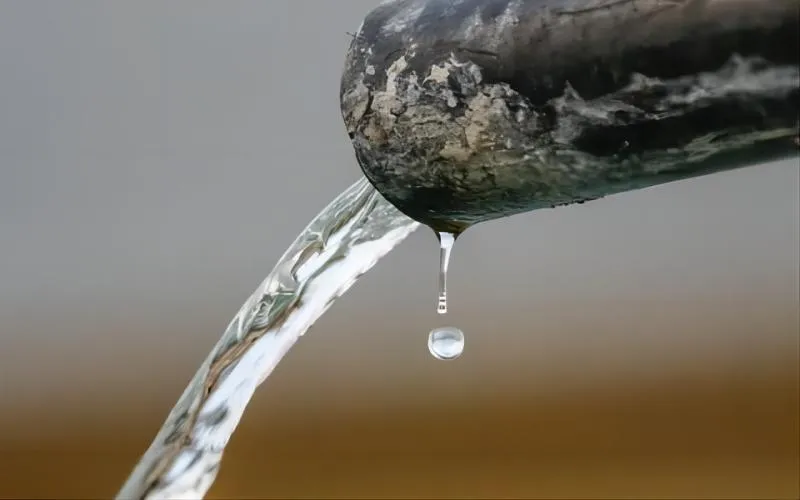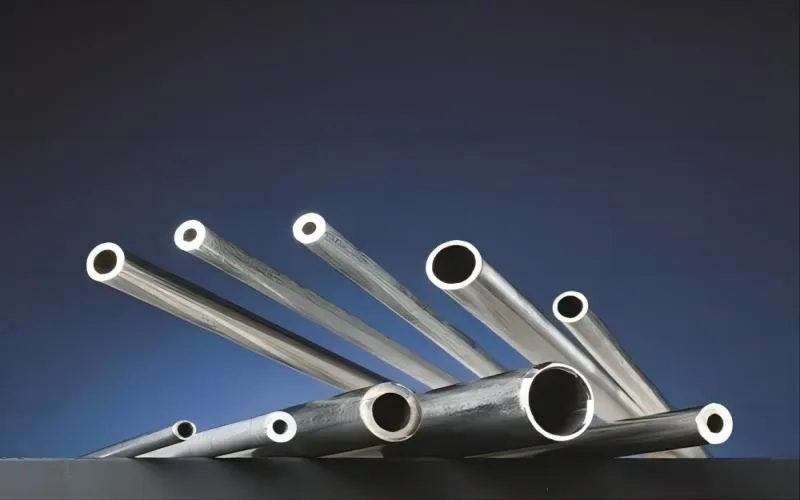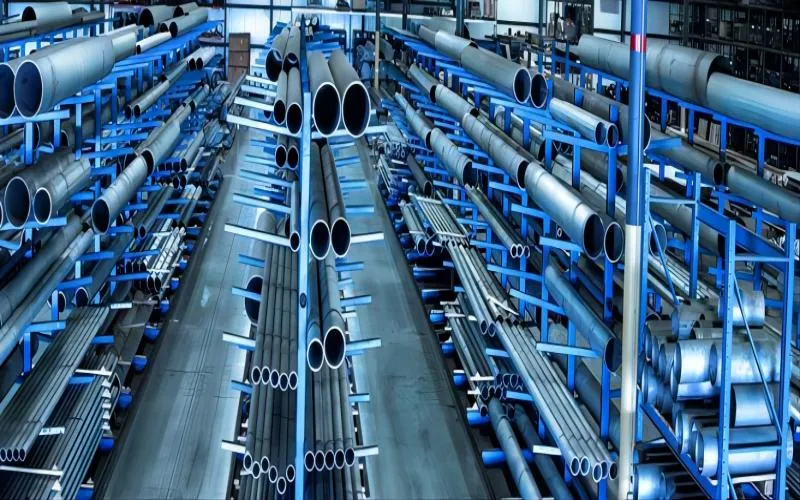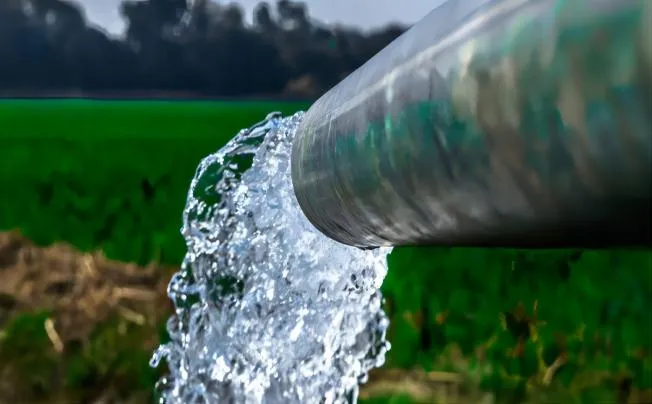Why Are There Water Quality Requirements?
Hydrostatic testing is necessary to evaluate the pipeline’s dependability and guarantee the safe and dependable operation of stainless steel piping. The results of the hydrostatic test also directly influence the service life of the thin-walled stainless steel pipe.

Background Significance of Water Quality Requirements
Water quality criteria relate to the hydraulic test of stainless steel piping with thin walls. To guarantee the accuracy and dependability of the test findings, water quality that satisfies specific standards must be used to replicate real-world operating conditions. To guarantee the pipeline’s dependability, stability, and service life under typical operating conditions, water quality standards are developed based on the realities of industrial production and the properties of thin-walled stainless steel piping.

Certain Water Quality Criteria Indications
- PH value: The PH value indicates the water solution indicator’s acidity and alkalinity. For thin-walled stainless steel piping hydrostatic testing, the test water’s PH value must be between 6 and 8, to guarantee the water’s neutrality and prevent the corrosive effects of acidity and alkalinity on stainless steel piping.
- Dissolved oxygen: This refers to the amount of dissolved oxygen in the water. To prevent oxygen from corroding thin-walled stainless steel pipework, the concentration of dissolved oxygen in the test water should typically be less than 0.5 mg/L.
- Chloride ions: Chloride ions are the amount of chloride present in water. Generally speaking, water’s chloride ion concentration must be less than 50 mg/L to prevent corrosive effects on stainless steel pipes with thin walls. (Pay particular attention: groundwater, river, lake, well, and other chlorine ions above the standard water quality are strictly banned from being used in pressure experiments. (Chloride ions are the enemy of thin-walled stainless steel piping.)
- Ammonia nitrogen is a typical organic nitrogen molecule found in water. High quantities of ammonia nitrogen can seriously corrode and destroy stainless steel pipework with thin walls. Because of this, the ammonia nitrogen concentration in the test water for the hydraulic test of thin-walled stainless steel piping must be less than 0.02 mg/L.
- Suspended matter: Dust, silt, and other solid particles suspended in water are referred to as suspended matter. The concentration of suspended particles in the test water must be less than 10 mg/L since a high concentration will erode and corrode the inner wall of the thin-walled stainless steel pipeline.
- Hardness: the amount of calcium, magnesium, and other metal ions in the water is referred to as its hardness. Water with a high hardness may cause scale to build up in stainless steel pipes, which will decrease the pipe’s ability to transfer heat and flow. As a result, the test water’s hardness must be less than 100 mg/L for stainless steel pipe to pass the water pressure test.
Techniques For Attaining Water Quality Standards
Water quality testing is necessary to make sure that the hydraulic pressure test results for thin-walled stainless steel pipes meet the requirements for water quality.
PH value testing: An accurate measurement can be made with a pH meter. This is one of the most often used methods for assessing the quality of water.
(2) Dissolved oxygen detection: An electrode or dissolved oxygen metre can be used to measure it.
(3) Chloride ion detection: A detector for chloride ions can be used for measurements.
(4) Ammonia nitrogen detection: An ammonia nitrogen metre or kit can be used for measurement.
(5) Suspended solids detection: Particles of solid matter can be collected and weighed using filter paper, filter membrane, etc.
(6) Hardness detection: A hardness metre or a hardness kit can be used to measure hardness.



